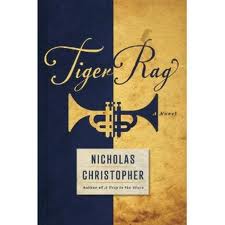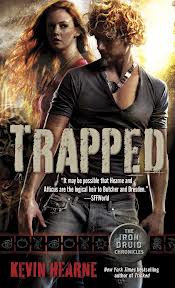The Great North Road
begins as a police procedural, when the body of a rich clone is found in
Newcastle. The investigation shows
startling similarities to a murder committed years earlier off world, leading
to an exploratory expedition to find and neutralize a deadly alien.
Most of the story is told in parallel, with the police
investigation switching back and forth with the alien expedition. Hamilton uses his two primary POV characters
to lead us through their respective storylines.
Sid Hurst is the lead detective investigating the murder in
Newcastle. He’s a career cop, &
while a bit flawed (it seems that the entire police department is on the take
from someone), he’s a sympathetic character.
Angela Tramelo is the POV character for the alien sequences. She’s a convict, found guilty of the earlier
murders, who is released after the present day murder takes place. Her own story is one of privilege and
betrayal, intrigue and revenge. I found
it provided the most insight into Hamilton’s world, and yet Tramelo herself was
decidedly less sympathetic than Hurst.
Somehow The Great North Road feels like much more than the
sum of its parts. Don’t get me wrong,
the parts themselves were enjoyable & well executed, if not the strongest
examples of their type. The police
procedural was a bit below Stross’ Halting
State novels. The alien hunting
expedition was often reminiscent of Predator.
Still, the detail and thought of these storylines made for a compelling
and very enjoyable read.
The Great North Road
is a big book. Big in length as well as
story. There are numerous flashbacks and
subplots to be explored. But if you are
willing to put in the work, you’ll find it to be one of the best SF reads of the
year.




